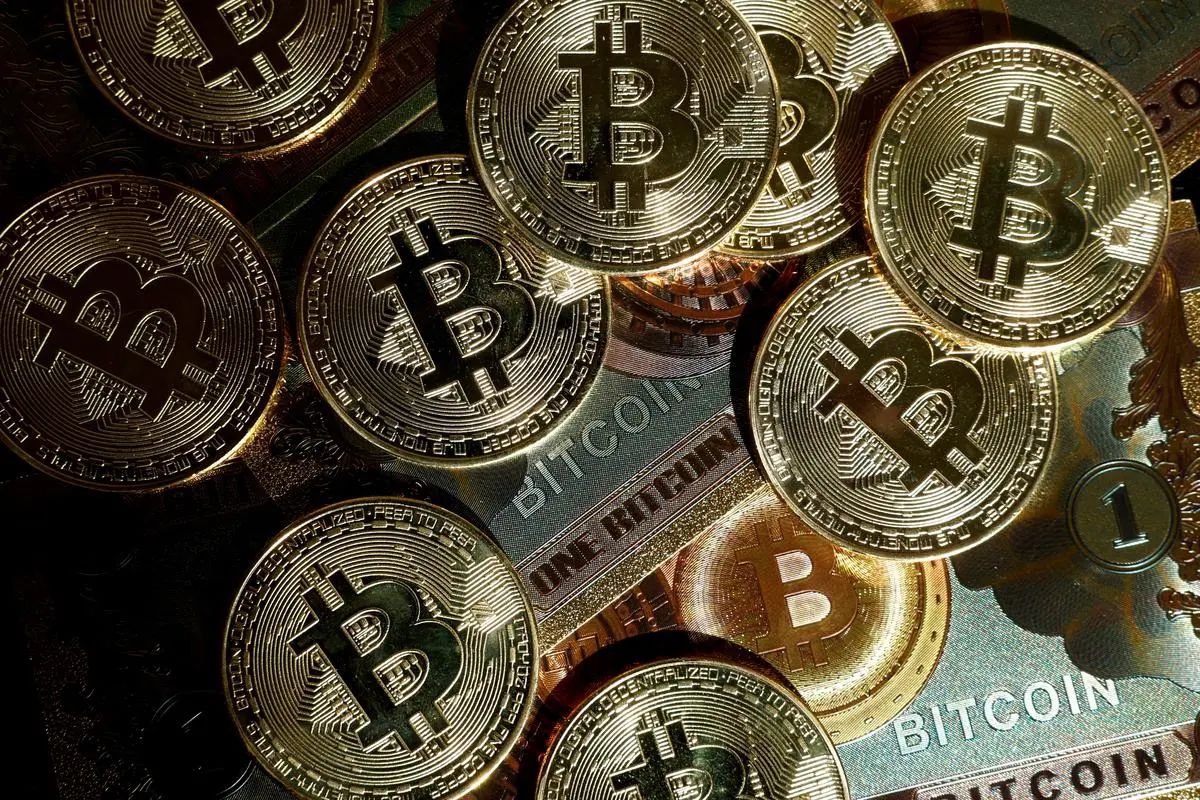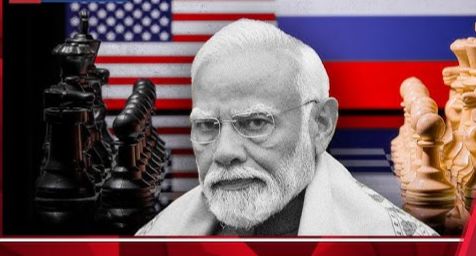 Image source: Economic Times
Image source: Economic Times
Key Highlights on India’s Digital Luxury Shift
India’s affluent buyers, from billionaires to high-earning professionals, are increasingly shopping for labels like Bvlgari, Chanel, and Sabyasachi online, transforming how luxury is consumed in 2025.
E-commerce platforms—Tata CLiQ Luxury, Myntra Luxe, Ajio Luxe, Nykaa, and Tira—have become hubs for luxury brands, expanding the reach far beyond traditional metros to smaller cities and remote regions.
What was once a brick-and-mortar experience—reserved for bags, jewellery, watches, and beauty—has shifted to seamless digital transactions, delivering exclusivity straight to homes across the country.
Drivers include India’s surging number of high net-worth individuals, growing digital penetration, limited luxury retail real estate, and a desire for privacy and convenience in shopping.
How Luxury Went Online: The Market’s Radical Transformation
Over the past decade, luxury giants like Bvlgari, Chanel, Burberry, and India’s own Sabyasachi have launched digital boutiques, catering directly to the country’s elite via curated online stores. Even traditionally in-person experiences—such as Sabyasachi’s fine jewellery—are now offered online, through platforms like Tata CLiQ Luxury, debuting with handcrafted pieces in 18-carat gold ranging from several lakhs up to crores.
Leading brands report robust growth from non-metro markets. Bvlgari now derives 40% or more of its Indian sales from smaller cities, and Tata CLiQ Luxury’s CEO shared that more than half of transactions come outside major urban centers. The online marketplace is not just convenient—it enables brands to reach customers in towns where physical luxury stores do not exist.
Why India’s Rich Prefer Luxury Shopping from Home
Privacy and discretion: Shopping for luxury is personal, and home buying lets the affluent explore products without social scrutiny or the pressure of showroom staff.
Convenience: With busy schedules and limited luxury retail locations, buyers can browse collections, research products, and compare brands with a few clicks.
Exclusive access: Online platforms frequently offer India-specific collections, personalization options, and early access to global launches.
Digital literacy: With 1.2 billion internet users, Indian consumers are tech-savvy and confident navigating luxury portals.
Informed decisions: Customers now research extensively, leveraging social media, reviews, and brand websites before purchasing, valuing transparency and a phygital shopping approach.
Changing Demographics and the Power of E-Commerce
The new luxury consumer is not just old money from Mumbai or Delhi. Start-up entrepreneurs, regional business owners, and high-earning professionals from Panchkula to Mysore are fueling demand. The “Henry” (High Earners Not Rich Yet) cohort, plus Generation Z and Alpha, drive the market’s expansion, with Gen Z especially propelling growth in pre-loved and sustainable luxury categories.
Limited luxury real estate underscores the practical necessity of digital platforms, allowing brands to bypass logistical hurdles and instantly connect with targeted buyers nationwide. E-commerce platforms now curate “luxe-only” sections featuring bags, accessories, jewellery, premium watches, high-end beauty products, and even art.
Brand Perspectives: Why Major Names Are Betting Big
Global CEOs—from Bvlgari’s Jean-Christophe Babin to Chanel’s Amit Goyal—see India as the next great booster for luxury. They point to surging sales, rapid growth in the ultra-high net-worth population, and the power of online tie-ups that drive business beyond the top cities.
Designers like Sabyasachi Mukherjee highlight the importance of digital reach: online boutiques make luxury more widely accessible and overcome infrastructure challenges in expanding physical stores countrywide.
Looking Forward: Blending Experience, Exclusivity, and Access
Couture and experiential categories still thrive in physical stores, but nearly every other segment is moving online. Customers begin their journeys with digital browsing and virtual events, researching brands and collections before purchasing, often completing the entire transaction without setting foot in a store.
Luxury brands respond by tailoring their online experiences to the Indian market, offering virtual consultations, personalized recommendations, and exclusive digital launches. The comfort and confidence of at-home shopping is powering a fresh wave of affluence, ensuring that luxury brands remain a valued part of Indian lifestyles—regardless of postal code.
Sources: Economic Times, Times of India, Tata CLiQ Luxury
Advertisement
Advertisement



